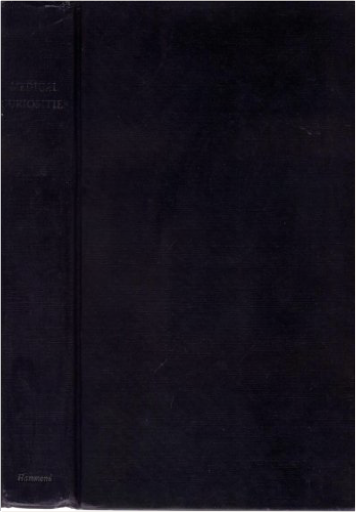 B0044UAZ98 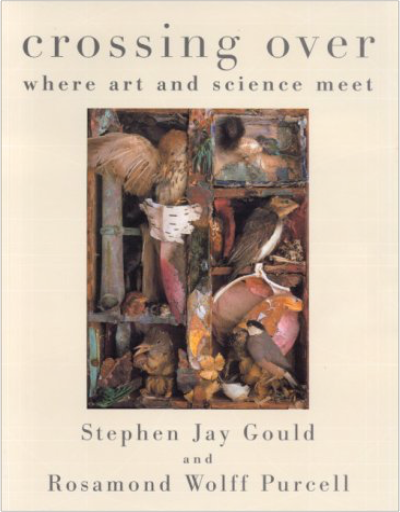 Crossing Over, the latest of three collaborations between scholar Stephen Jay Gould and artist Rosamond Wolff Purcell, brings together thought-provoking essays and uncannily beautiful photographs to disprove the popular notion that art and science exist in an antagonistic relationship. The essays and photographs collected here present art and science in conversation, rather than in opposition. As Gould writes in his preface, although the two disciplines may usually communicate in different dialects, when juxtaposed they strikingly reflect upon and enhance one another. Working together, Purcell's photographs and Gould's scientific musings speak to us about ourselves and our world in a hybrid language richer than either could command on its own. 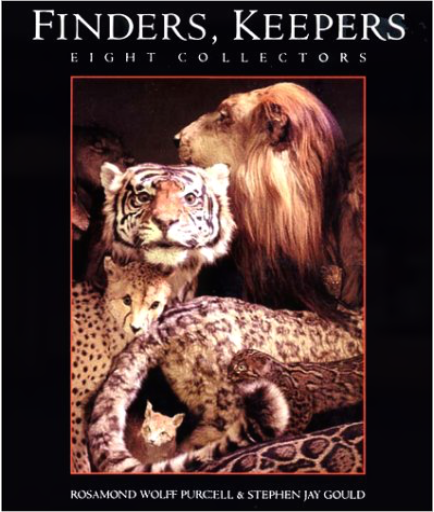 A noted paleontologist provides the text for this photographic study of eight different collections—from a collection of human artifacts belonging to Peter the Great to Agassy's fish collection—exploring what collections say about collectors. 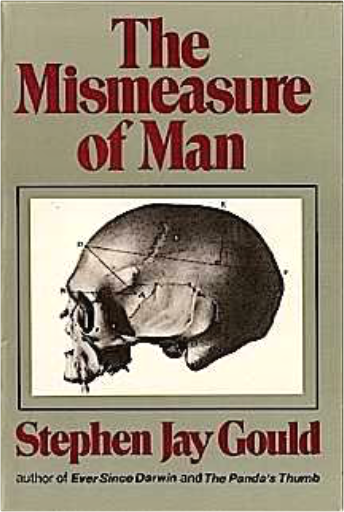 Exploring faults in the Science of Human Intelligence, with the author's extensive review of evidence. Told in ordinary terms, not scientific jargon.  Visual indictment of war's horrors, modeled after Spanish insurrection (1808), the resultant Peninsular War and following famine. Miseries of war graphically demonstrated in 83 prints; includes veiled attacks on various people, the Church and the State. Captions reprinted with English translations.  Considered Goya's most brilliant work, this collection combines corrosive satire and exquisite technique to depict 18th-century Spain as a nation of grotesque monsters sprung up in the absence of reason. 80 plates, Prado manuscript included. |  On the eve of the American Revolution, Pennsylvania Hospital opened its doors as a provincial charity for the physically and mentally ill. In a matter of decades, it became not only America's first voluntary hospital, but also the home of the first apothecary, medical library and surgical amphitheatre. From its radical conception by a group of extraordinary colonists, the hospital has evolved into a world-renowned facility that treats over 225,000 patients a year. In A History of the Pennsylvania Hospital, Kristen Graham introduces the people and ideas that guided Pennsylvania Hospital through numerous wars and social and economic crises, landing it at the forefront of healing, learning and innovation. 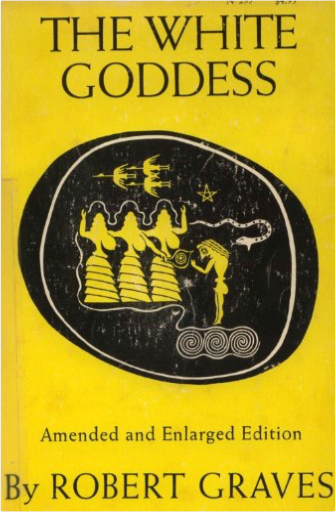 The earliest European deity was the White Goddess of Birth, Love and Death, visibly appearing as New, Full and Old Moon, and worshipped under countless titles. The White Goddess is far more than a long-discredited pagan deity. She is still alive, and her worship takes many strange forms both inside and outside the conventions of Western morality. In particular, she continues as the Ninefold Muse, patroness of the white magic of poetry. Mr. Graves' proposition is that "true poetry" or "pure poetry," which has never been satisfactorily defined except in the emotional effect that it produces in its readers, has only a single language and a single infinitely variable theme. He shows that this theme is inseparably connected with the ancient cult-ritual of the White Goddess and her Son. The language is called myth and is based on a few simple magical formulas, kept close secrets for thousands of years by her initiates, without a knowledge of which the legends of Palestine, Greece, Rome, and Northwestern Europe are so much beautiful, disgusting ar boring nonsense. Poetry is "true" or "pure" to the degree that the poet makes intuitive use of the formulas. Here then is a historical grammar of poetic myth, with the more important magical elements logically deduced from scattered relics of several allied mystery-cults.  Are you a cyborg? Is your neighbour? The Cyborg - short for cybernetic organism - is an entity that is part human and part machine. Today's technology is transforming and maybe even transcending the human. People who have implanted pacemakers or attached prostheses are certainly cyborgs. Cyborgs are everywhere, multiplying. And many people, cyborged or not, now live in cyborg societies where humans and machines exist symbiotically. The Cyborg Handbook is an initial look at cyborg society and at the range of cyborg technologies, from the restorative and normalizing to the reconfiguring, and enhancing. These technologies can restore some to health and they can prolong horrible deaths, but they can also remake humans into more effective killers. Cyborgs, good, bad, and indifferent, are with us. The handbook brings together key documents from the history of cyborgs as well as the best writing about cyborgs, including recent cyborg cultural theory. The contributions cover the role of space technology, war, medicine, and the imagination in the production of cyborgs. The appendix lists cyborg films, videos, stories, and books. 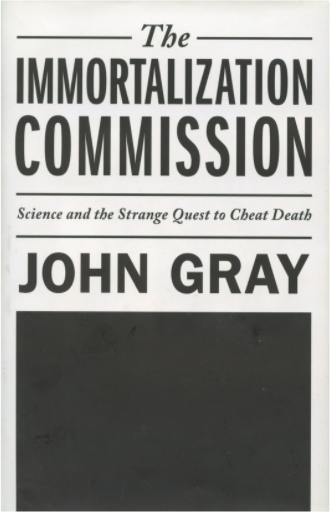 B004UPLH5I  Physiology and Anatomy Greisheimer 1937 3rd/2nd printing 424 Illustrated, 48 in color. Medical reference. |

Morbid Anatomy Museum
Collection Total:
1,253 Items
1,253 Items
Last Updated:
Jan 26, 2016
Jan 26, 2016

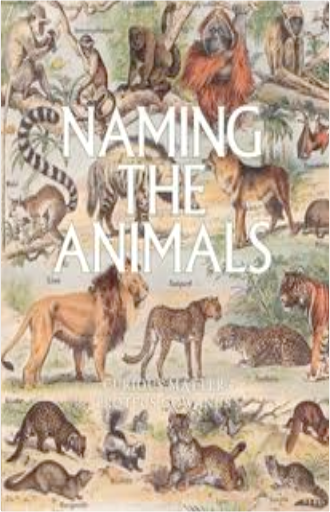
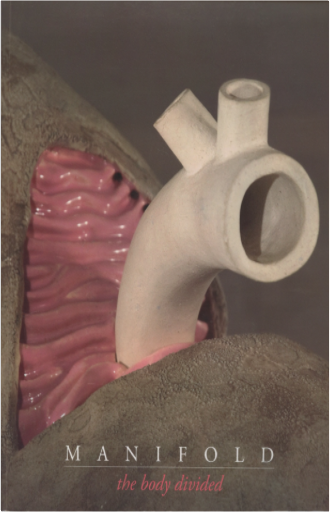
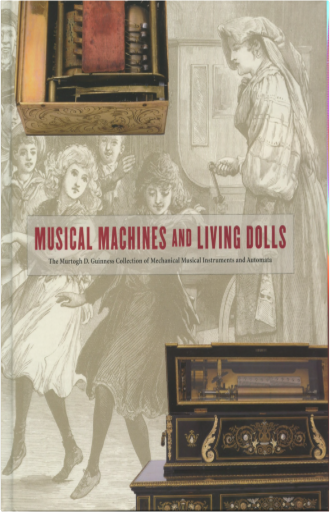
 Made with Delicious Library
Made with Delicious Library